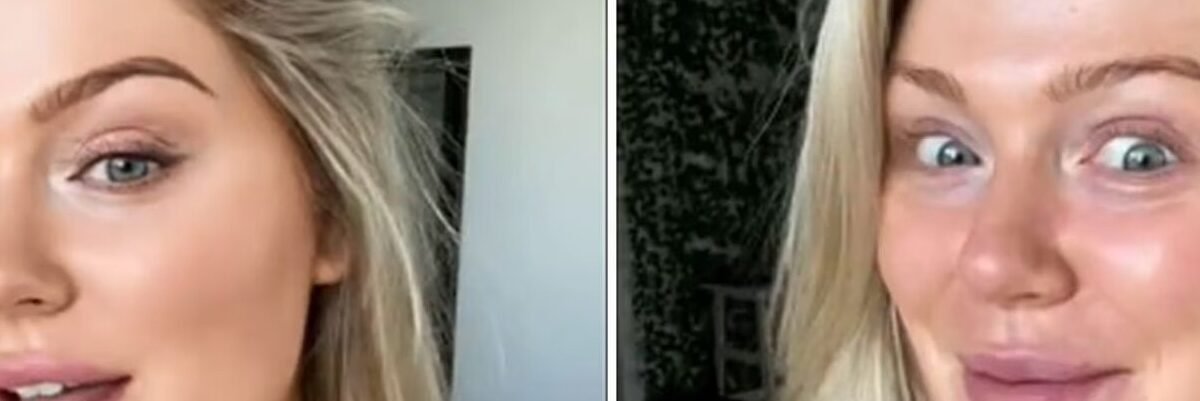Advancing AI: Beauty Filters
By Lucy Swearingen
Filters on social media apps are ever-evolving and their popularity make them a staple in popular culture. Snapchat users remember the viral Dog Filter from 2016 as everyone including celebrities like Kim Kardashian posted selfies during this time donning their canine caricatures.
Filters today are a far cry from their initial introduction. They’ve evolved from turning users into a dog, baby or alien to offering ways users can edit their own features in one quick click.
One filter generating a lot of talk and usage from users is TikTok’s Bold Glamour filter which currently has 77.8 million videos under it. Bold Glamour smooths skin, sharpens chin, slims nose, plumps lips and adds light makeup to give users the appearance of themselves through the lens of today’s societal beauty standards. This filter is not one size fits all as it distorts some users faces while enhances others which ultimately highlights which features don’t fit the current standard.
While TikTok doesn’t disclose how this filter operates, it is speculated that this filter uses machine learning to achieve its flawless application. In an article by The Washington Post, Luke Hurd, who creates filters on Snapchat and Instagram, said this filter uses Generative Adversarial Network.
“They take an image of the user and then compare it to a data set of other images and then redraw your face, pixel by pixel, on the output of your camera feed.,” said Hurd.
This technology is impressive, however TikTok achieved it, but what makes Bold Glamour different from filters of the past is how convincing it is. Users can wave their hands in front of their face in videos and Bold Glamour won’t budge. No glitch.
“You can’t tell it’s a filter anymore,” said Rosa Alvarez in her TikTok video that received 10.9 million views.
Recently, Dove released research through its Self Esteem Project which revealed that 80% of girls by the age of 13 have used a filter in some way to edit their appearance. With filters like Bold Glamour being as easily accessible as they are, teen girls’ confidence is at risk. Videos under Bold Glamour often include captions suggesting how this filter affects self esteem.
“Do this filter if you want to cry,” said Xandra Pohl in her caption on her TikTok video with 2 million views using Bold Glamour.
Many TikTok users commented on Bold Glamour which added to the controversy the filter sparked online. Many mentioned how the filter reinforced toxic societal expectations on how women should look. As filters continue to develop, the beauty standards of today will continue to place unrealistic expectations on young girls and ultimately destroy their confidence.
One initiative to help foster confidence in young girls amidst the current distorted landscape of social media is The Selfie Talk which Dove urges parents to have with their children growing up on social media. Creating awareness in young girls that social media often doesn’t always reflect reality can help protect their confidence and body image. Knowledge of how people may edit their images can also protect teen mental health as well as brands and influencers being transparent about how they use filters.
(Image credit: Kellystrackofficial/TikTok)


